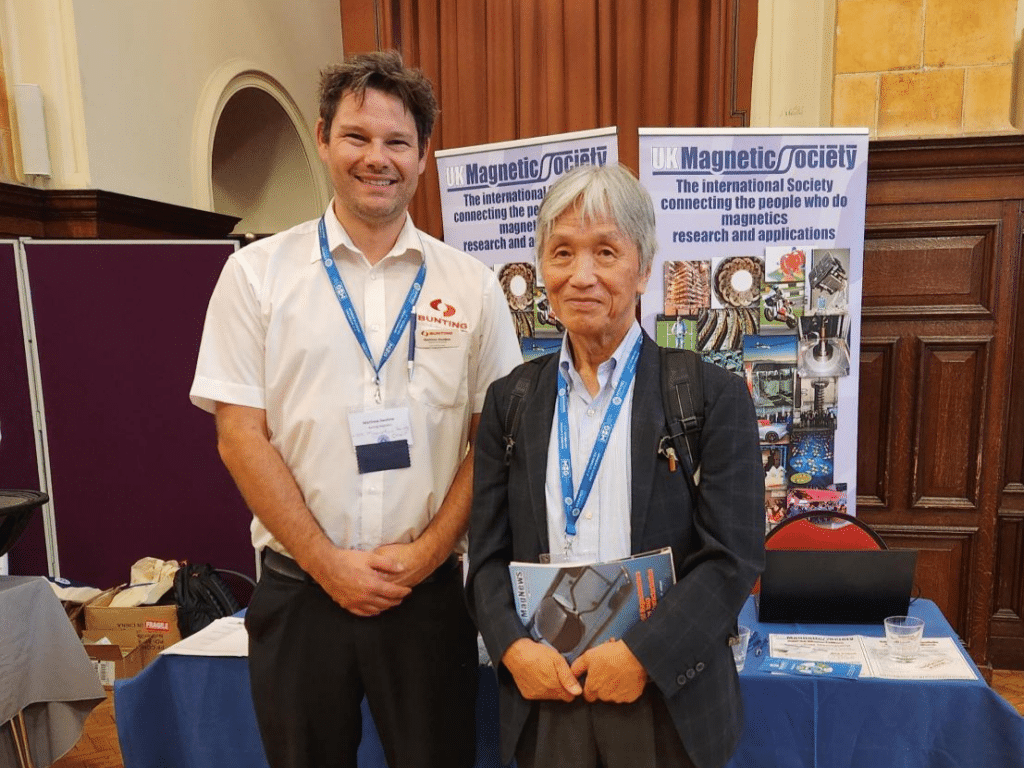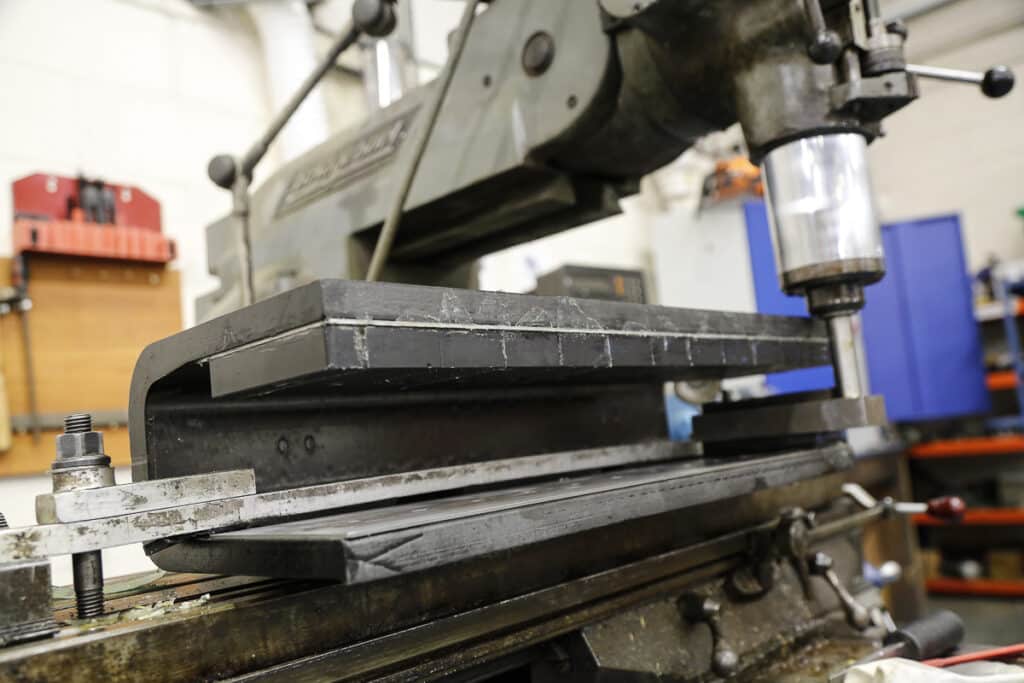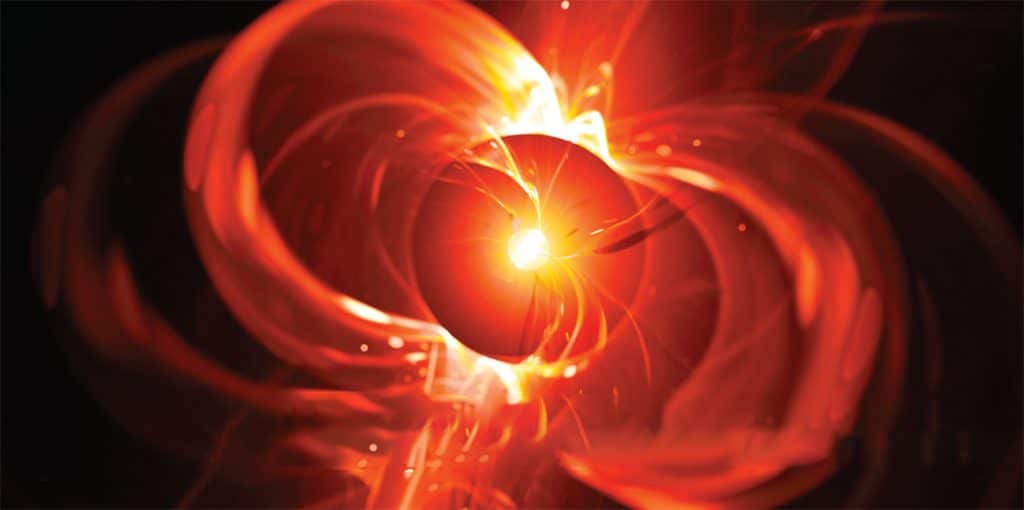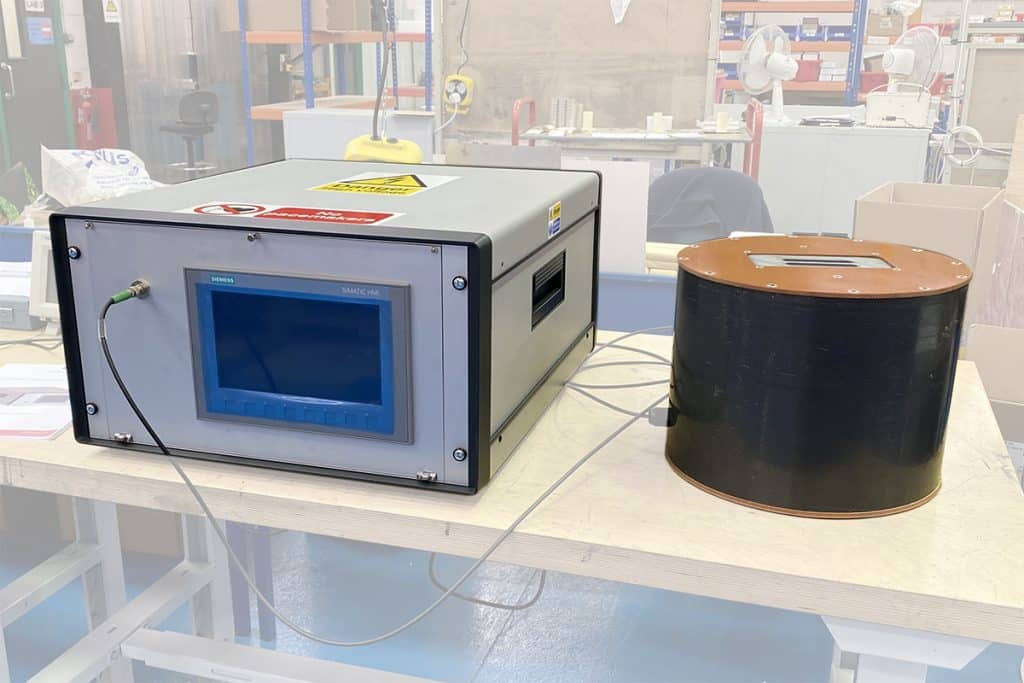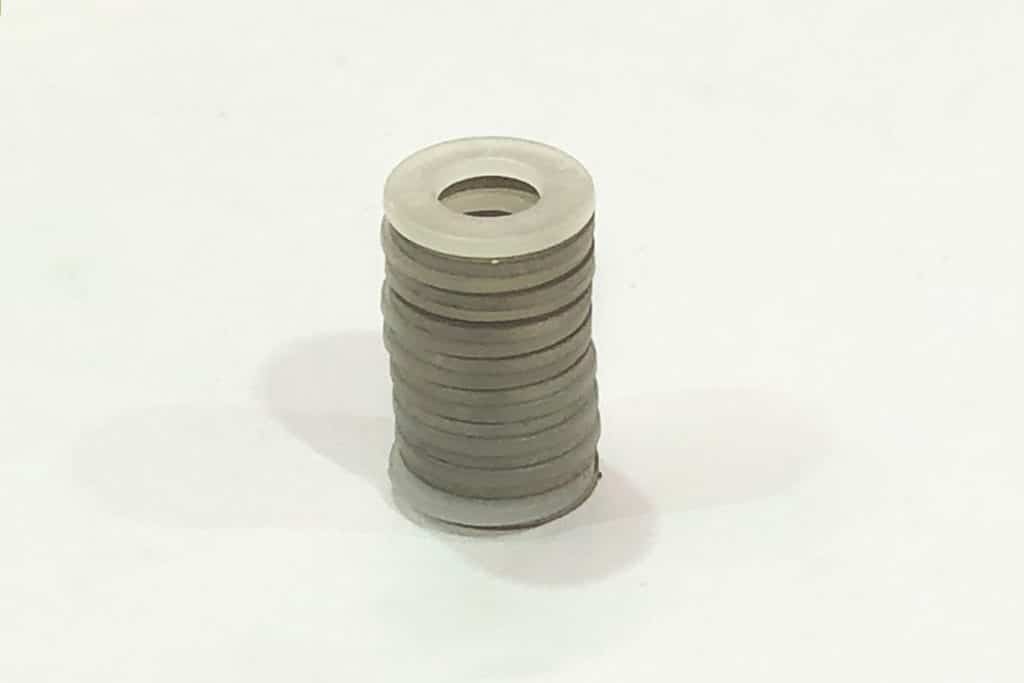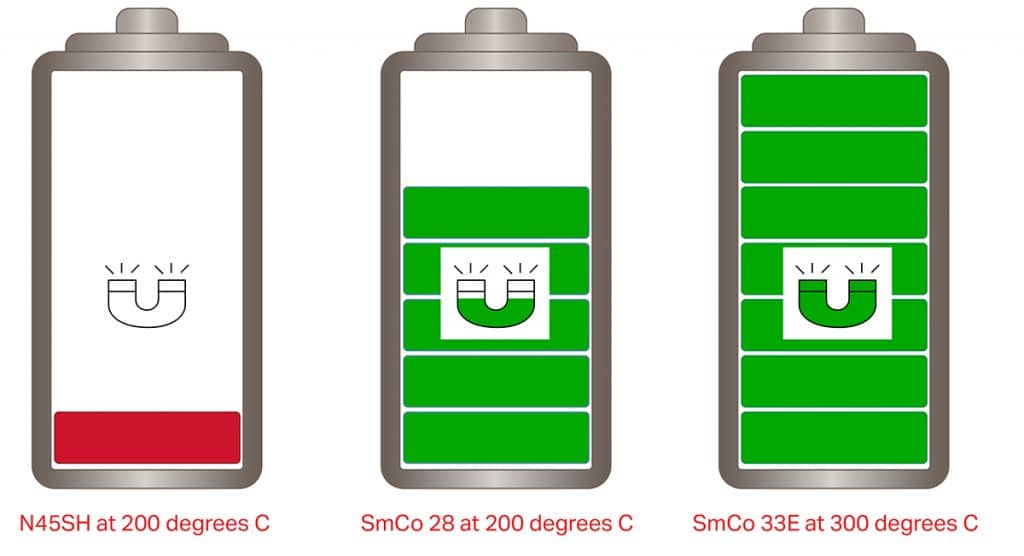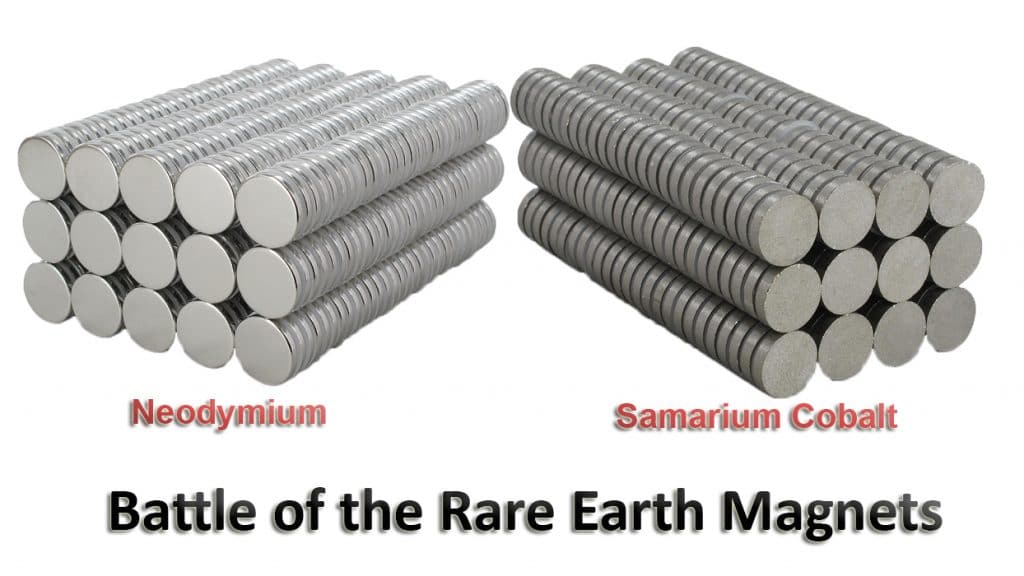Samarium Cobalt Magnet
YXG-35H: Bunting’s Pinnacle of Samarium Cobalt Performance
Bunting introduces YXG-35H, a ground breaking Samarium Cobalt magnet offering unmatched energy density and extreme coercivity. Ideal for aerospace and high-performance motorsport applications, this magnet pushes the boundaries of magnetic technology. Discover how YXG-35H can revolutionise your designs.
Read MoreA Review of REPM 2023
Matthew Swallow, our Technical Product Manager and the Chair of the UK Magnetics Society, reports on REPM 2023, the 27th international workshop on rare earth and future permanent magnets and their applications (3-7 September, University of Birmingham, UK). REPM is a biennial academic conference held and run by a hosting university or institution with the…
Read MoreBunting Sponsors REPM 2023
Bunting has signed up as a gold sponsor of REPM 2023, the 27th international workshop on rare earth and future permanent magnets and their applications (3-7 September, University of Birmingham, UK). The biennial workshop is co-organised by SUSMAGPRO partner University of Birmingham and brings together scientists and engineers working on rare-earth permanent magnets and their…
Read MoreMedical Magnet Spotlight: Magnets and Cochlear Implants
Magnets feature in a wide range of medical applications including heart pumps, surgical tools, hearing aids, and cochlear implants. A cochlear implant is a surgically implanted neuroprosthesis that provides a person who has moderate-to-profound sensorineural hearing loss with sound perception. Unlike hearing aids, which amplify sounds, cochlear implants bypass damaged areas of the ear and…
Read MoreMagnets and the Curie Temperature
The term “Curie temperature (Tc)” or “Curie point” gets frequently mentioned when discussing magnets and magnetic properties. The Curie temperature relates to the maximum temperature a material can reach before losing its magnetic properties. On reaching a magnetic material’s Curie temperature, the spontaneous magnetisation in the material drops to zero. At this point, the material…
Read MoreNew Magnet Setter Demonstration Unit
In response to an increase in magnet design projects, Bunting-Berkhamsted has added a new Magnet Setter demonstration unit to their testing house. The BMCS-1510 Magnet Setter magnetises and sets Samarium Cobalt (SmCo) and AlNiCo magnets when connected to a compatible magnetising fixture. The magnet setter features a built in gaussmeter for measuring the magnetic field…
Read MoreMedical Device Manufacturer Awards Bunting Top Supplier Performance
A leading European medical device manufacturer has recognised Bunting’s high standard of supply with a top supplier award. Bunting supply approximately 20,000 Samarium Cobalt rare earth magnets annually for medical audio equipment. The project originated in 2016, when Bunting engineers worked closely with a team from the manufacturer to determine the optimum medical device magnet…
Read MoreXGS33 Expands Bunting’s Samarium Cobalt Magnets Range
Bunting’s range of Samarium Cobalt (SmCo) Rare Earth Magnets now includes the XGS33, XGS33M and XGS33H grades, which provide higher stability and magnetic performance at raised temperatures. Such performance characteristics are critical in applications for the automotive, aerospace and electronics sectors. Technical Product Information: Samarium Cobalt Magnets Advantages of Samarium Cobalt Magnets Rare Earth magnets…
Read MoreRare Earth Magnets in Electric Vehicle Motors
The global move towards the electrification of vehicles continues to gather momentum. In 2010, the number of electric cars on the world’s roads reached 7.2 million, of which 46% were in China (iea.org/reports/global-ev-outlook-2020). By 2030, the number of electric cars is expected to swell to 250 million, a massive growth in a relatively short time.…
Read MoreMagnet Comparison: Neodymium and Samarium Cobalt Rare Earth Magnets
Neodymium Iron Boron NdFeB (i.e. Neodymium) and Samarium Cobalt SmCo are both ultra-strong rare-earth permanent magnets. Both are brittle in nature and subject to catastrophic damage if subject to severe impact (i.e. dropping). However, that is where the similarity ends and, when selecting a magnet material for a specific application, our design engineers assess each…
Read More

